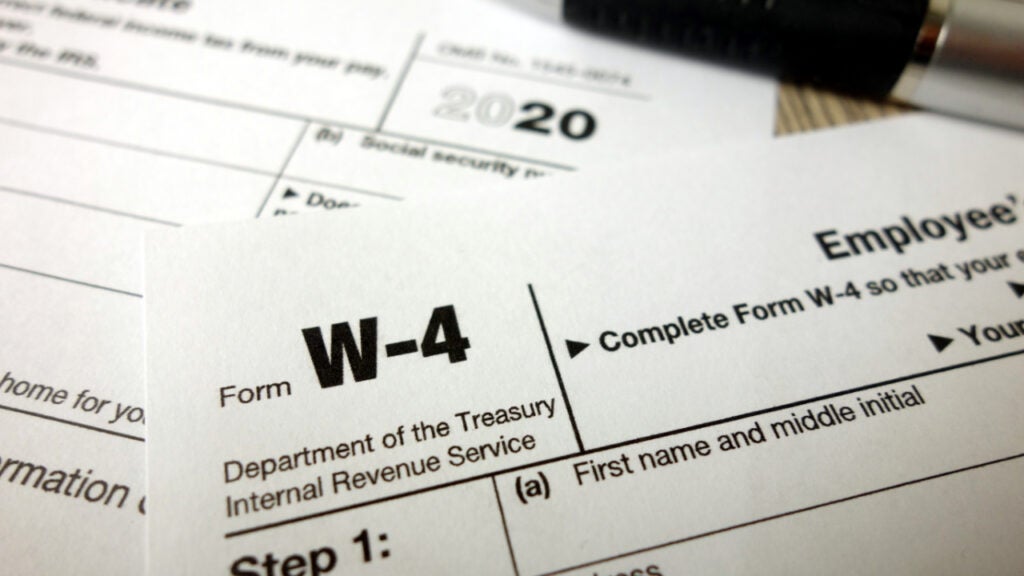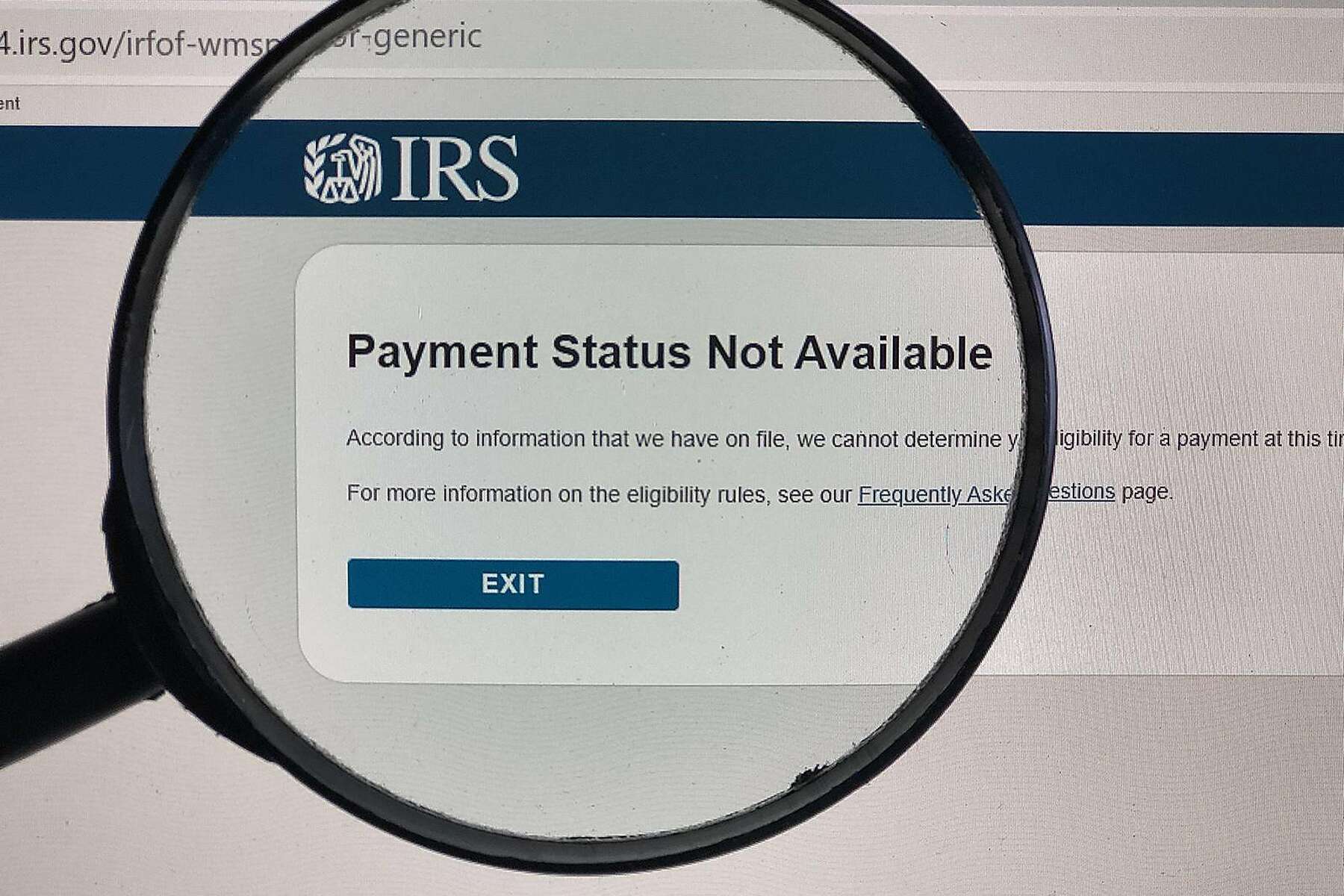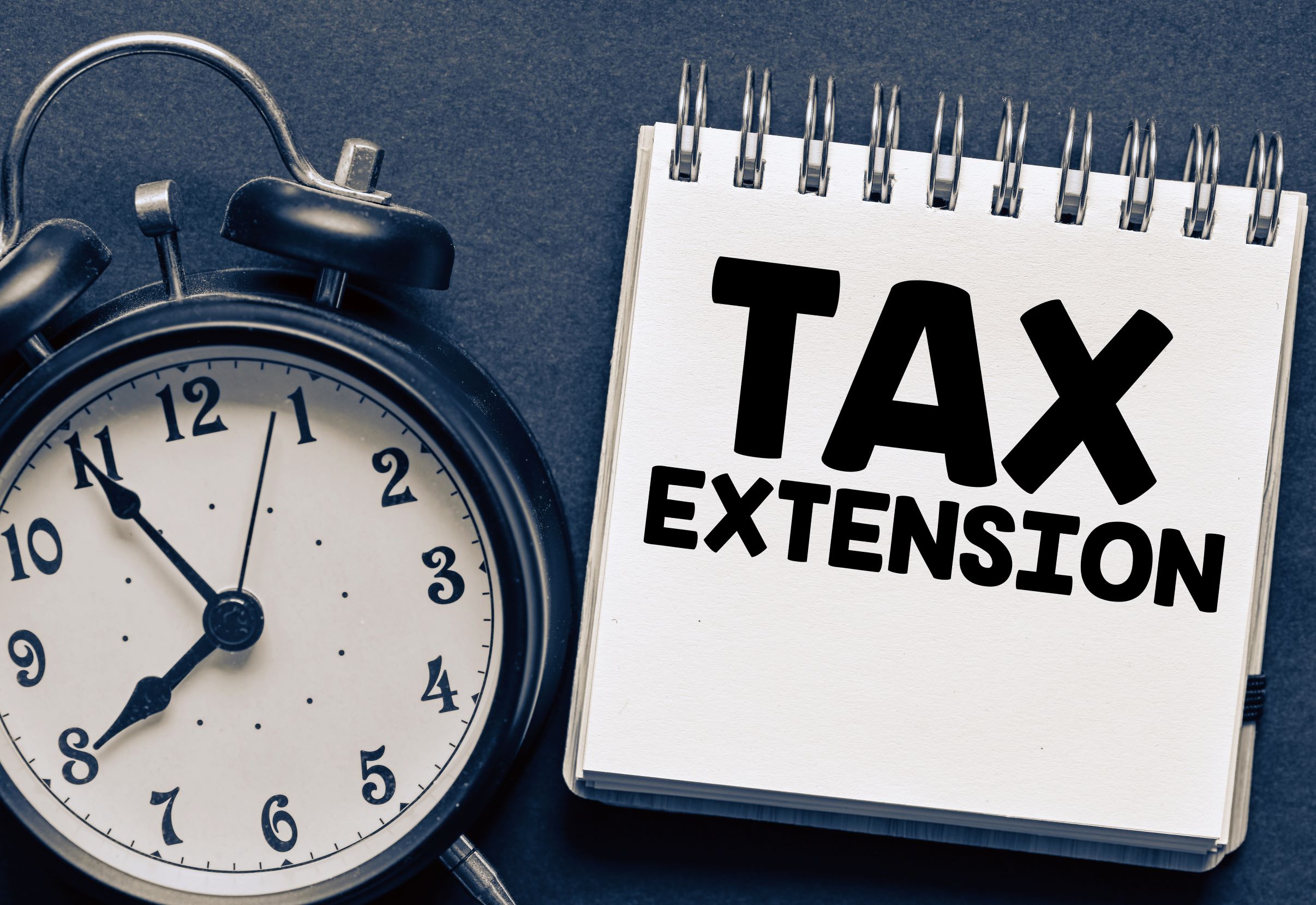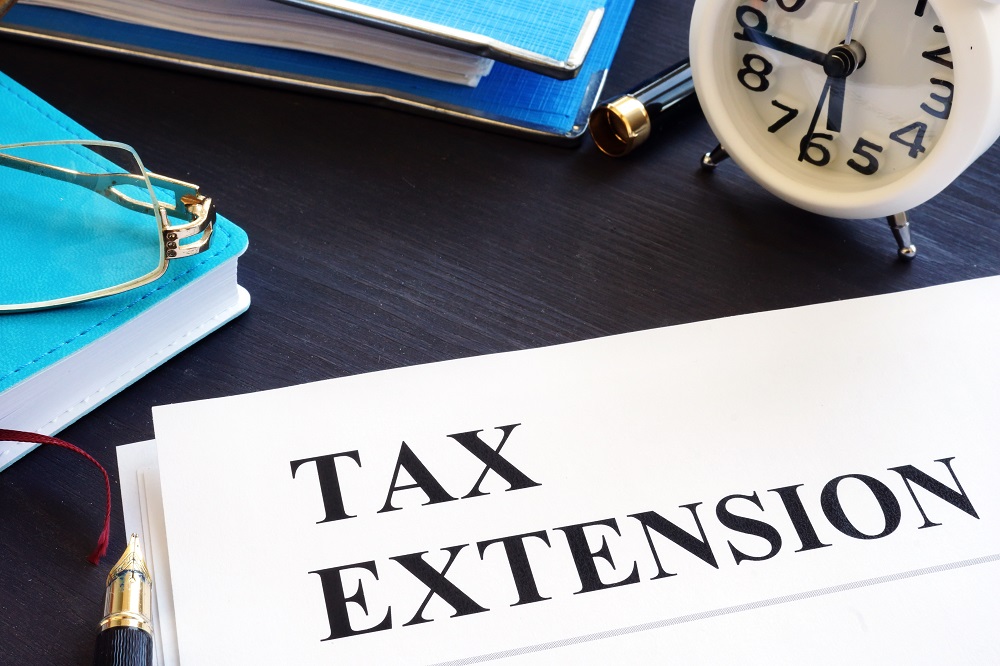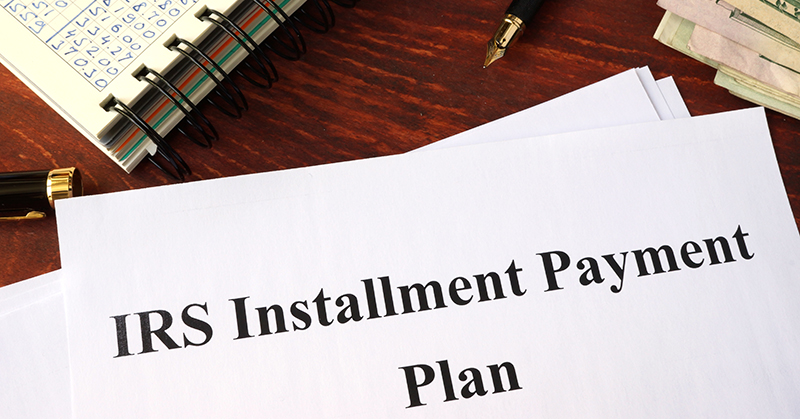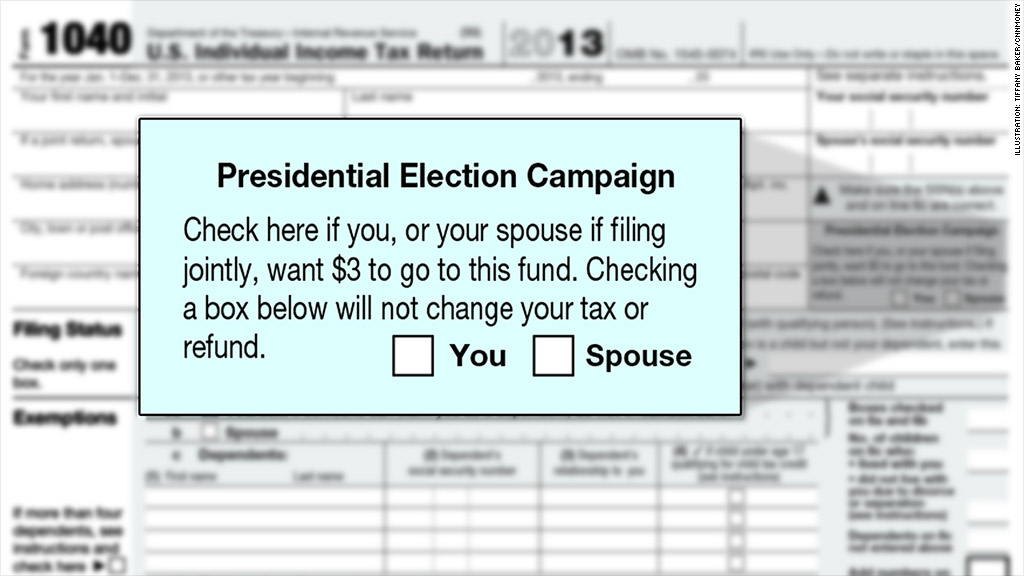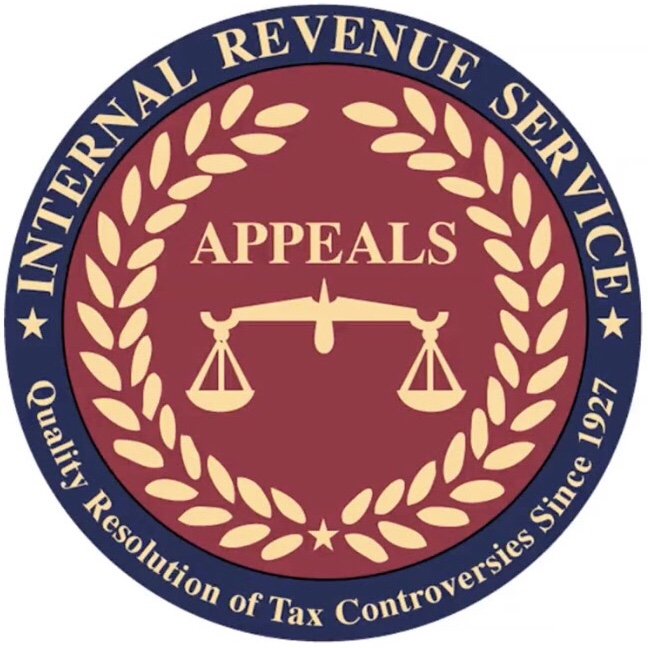If you have an unfiled income tax return there is the possibility that the IRS might owe you money. If the IRS does owe you the money you have to file a tax return to get it. And you have only a few years to get that refund — otherwise, the money stays with the IRS.
The IRS says that Unclaimed income tax refunds totaling almost $1.5 billion may be waiting for an estimated 1.5 million taxpayers who did not file a 2018 Form 1040 federal income tax return, but people must act before the April tax deadline, according to the Internal Revenue Service.
“The IRS wants to help people who are due refunds but haven’t filed their 2018 tax returns yet,” said IRS Commissioner Chuck Rettig. “But people need to act quickly. By law, there’s only a three-year window to claim these refunds, which closes with this year’s April tax deadline. We want to help people get these refunds, but they need to file a 2018 tax return before this critical deadline.”
The IRS estimates the midpoint for the potential refunds for 2018 to be $813 — that is, half of the refunds are more than $813 and half are less.
In cases where a federal income tax return was not filed, the law provides most taxpayers with a three-year window of opportunity to claim a tax refund. If they do not file a tax return within three years, the money becomes the property of the U.S. Treasury. For 2018 tax returns, the window closes on April 18, 2022, for most taxpayers. Taxpayers living in Maine and Massachusetts have until April 19, 2022. The law requires taxpayers to properly address, mail, and ensure the tax return is postmarked by that date.
The IRS reminds taxpayers seeking a 2018 tax refund that their checks may be held if they have not filed tax returns for 2019 and 2020. In addition, the refund will be applied to any amounts still owed to the IRS or a state tax agency and may be used to offset unpaid child support or past due federal debts, such as student loans.
By failing to file a tax return, people stand to lose more than just their refund of taxes withheld or paid during 2018. Many low- and moderate-income workers may be eligible for the Earned Income Tax Credit (EITC). For 2018, the credit was worth as much as $6,431. The EITC helps individuals and families whose incomes are below certain thresholds. The thresholds for 2018 were:
- $49,194 ($54,884 if married filing jointly) for those with three or more qualifying children;
- $45,802 ($51,492 if married filing jointly) for people with two qualifying children;
- $40,320 ($46,010 if married filing jointly) for those with one qualifying child; and
- $15,270 ($20,950 if married filing jointly) for people without qualifying children.
The tax year 2018 returns must be filed with the IRS center listed on the last page of the current instructions. Current and prior-year tax forms (such as the tax year 2018 Form 1040, 1040-A, and 1040-EZ) and instructions are available on the IRS.gov Forms and Benefits page or by calling toll-free 800-TAX-FORM. However, taxpayers can e-file the tax year 2019 and later returns.
Taxpayers who are missing Forms W-2, 1098, 1099, or 5498 for the years 2018, 2019, or 2020 should request copies from their employer, bank, or other payers. Taxpayers who are unable to get missing forms from their employer or other payers can order a free wage and income transcript at IRS.gov. Alternatively, they can file Form 4506-T to request a wage and income transcript.
A wage and income transcript shows data from information returns received by the IRS, such as Forms W-2, 1098, 1099, Form 5498, and IRA contribution information. Taxpayers can use the information from the transcript to file their tax returns.
Surprisingly, many taxpayers who have unfiled returns actually get a refund. Call us here at Legal Tax Defense if you have unfiled returns or other tax problems. We offer free consultations. Call now to speak to a tax attorney.
Disclaimer: Alan Mendelson is a well-known TV consumer news reporter who reports on tax issues. You should seek professional advice if you have tax questions or issues.

